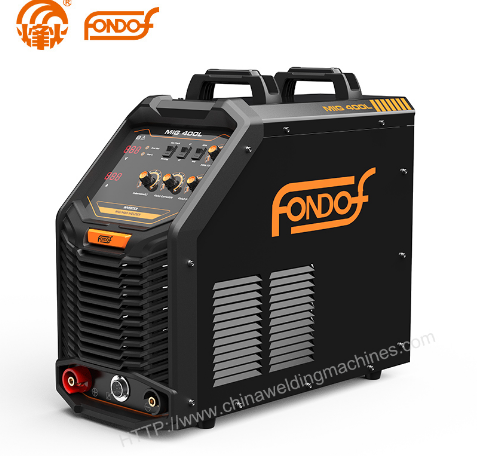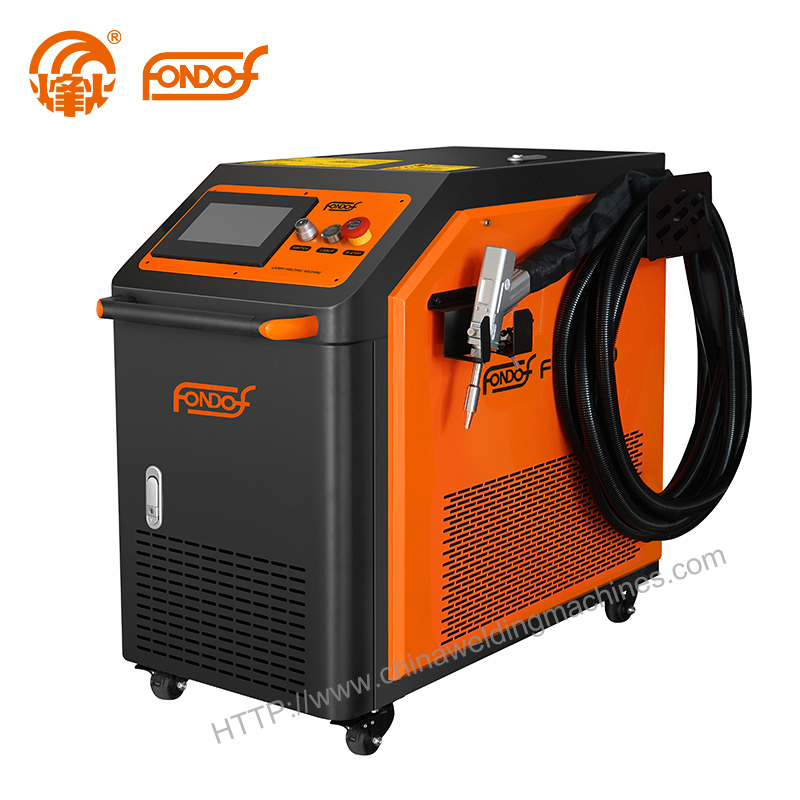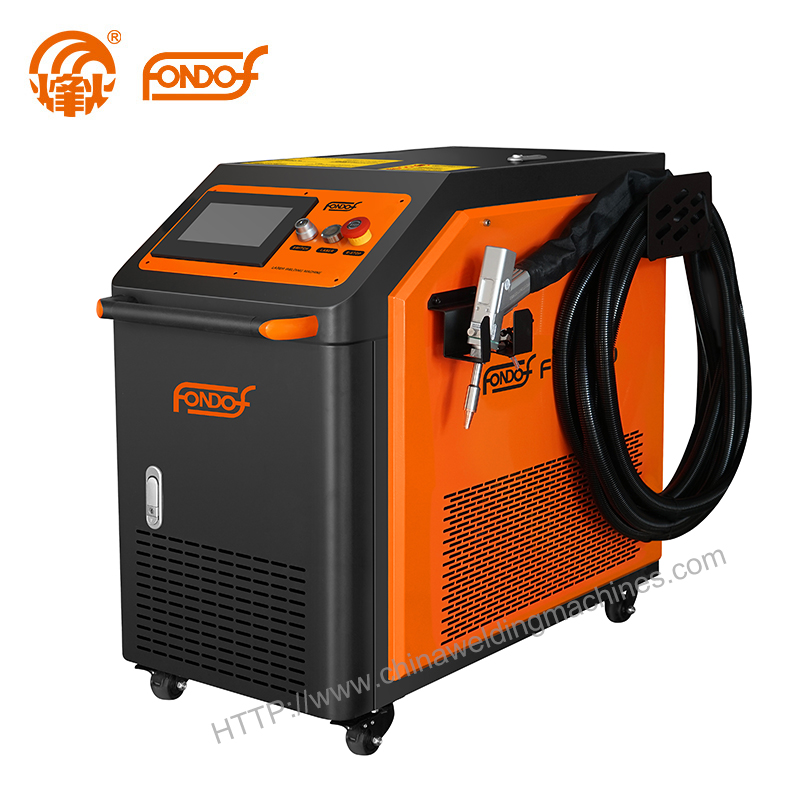Using Direct Current in Welding Aluminum
 Nov. 09, 2023
Nov. 09, 2023
The question often arises: Can aluminum be welded using direct current (DC)? While alternating current (AC) remains the conventional choice and DC comes with its inherent limitations in dealing with sensitive metals, it's indeed plausible to wield direct current in aluminum welding. However, before opting for AC or DC, it's crucial to comprehend the challenges inherent in working with aluminum.
Understanding Aluminum's Properties:
Aluminum is renowned for its delicate properties - it's soft, ductile, lightweight, and corrosion-resistant. These traits render aluminum a prime choice across various industries, especially in aerospace. Nonetheless, employing an inappropriate welding method can lead to complications like arc blow, burn-through, and incomplete penetration, jeopardizing the integrity of the weld.
Aluminum Welding: Exploring Alternating Current as the Preferred Method
When it comes to welding aluminum, alternating current (AC) stands out as the favored choice. One primary reason for this preference is aluminum's remarkable sensitivity to oxidation. Exposure to atmospheric oxygen leads to the formation of an aluminum oxide layer, posing significant challenges when initiating an arc. Breaking through this oxide layer typically necessitates high heat input, yet excessive heat can potentially damage the soft aluminum base metal.
The advantage of alternating current in aluminum welding lies in its constant polarity change. With the electron flow's ever-changing direction, a sandblasting effect is induced on the oxide layer, effectively breaking it down. Consequently, the resultant weld is clean and devoid of contaminants. However, despite these advantages, AC welding encounters challenges, including:
Precision control of heat in the weld pool
Potential risks of burn-through and contamination
Limited penetration capabilities when working with thicker workpieces
To mitigate these challenges and enhance effectiveness and cost-efficiency, precision parameter control and advanced AC technologies like square wave inverters can be employed in AC welding.
Alternatively, direct current (DC) presents itself as another viable option for welding aluminum. Let's assess the advantages and disadvantages associated with this choice.
When To Use Direct Current for Aluminum Welding?
Direct current (DC) welding presents notable advantages over alternating current (AC) in certain scenarios, thus offering an advantageous alternative. The stable arc generated by direct current owing to its consistent flow in a singular direction renders it proficient in adequately welding aluminum workpieces exceeding a thickness of ¼ inch. Notably, in TIG welding, the electrode negative direct current (DCEN) is favored for deeper penetration, while electrode positive direct current (DCEP) effectively dismantles the oxide layer.
However, despite its suitability in specific situations, awareness of the limitations associated with DC welding is imperative:
1. Absence of precision control may result in increased heat input, potentially leading to workpiece burn-through.
2. Prerequisite pre-weld cleaning is mandatory. Pure helium serves as the only suitable shielding gas with DCEN; however, it lacks efficacy in aiding oxide layer breakdown during welding.
3. Relatively higher costs of DC welding machines often influence operators to opt for AC welding, given their cost-effectiveness.
Yet, despite these constraints, achieving satisfactory results with direct current in aluminum welding is plausible through diligent adherence to proper procedures and stringent control measures.
AC or DC? – The Right Choice for Aluminum Welding
The hallmark of a successful weld across all metals is achieving adequate fusion, defect-free composition, robust strength, and pristine purity. However, when working with metals like aluminum, achieving these standards can pose challenges due to their vulnerability to damage from high heat input, crucial for breaking down the oxide layer.
Opting for AC welding is preferable when welding thin aluminum workpieces in a single pass. On the other hand, for thicker aluminum, DC welding offers the advantage of achieving greater penetration depth in a solitary pass.
Irrespective of the chosen current type, comprehending your workpiece's nuances and selecting the appropriate welding methodology remains pivotal. Factors such as electrode types, welding techniques, welding equipment, shielding gases, pre-cleaning prerequisites, and metal thickness play pivotal roles in ensuring a weld of superior quality.





























